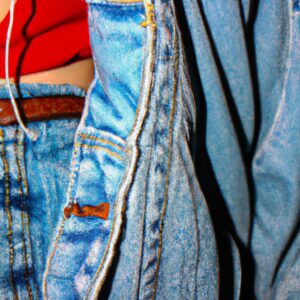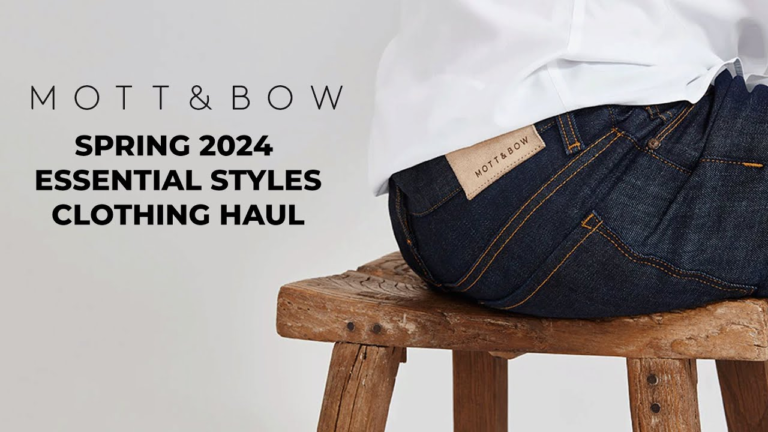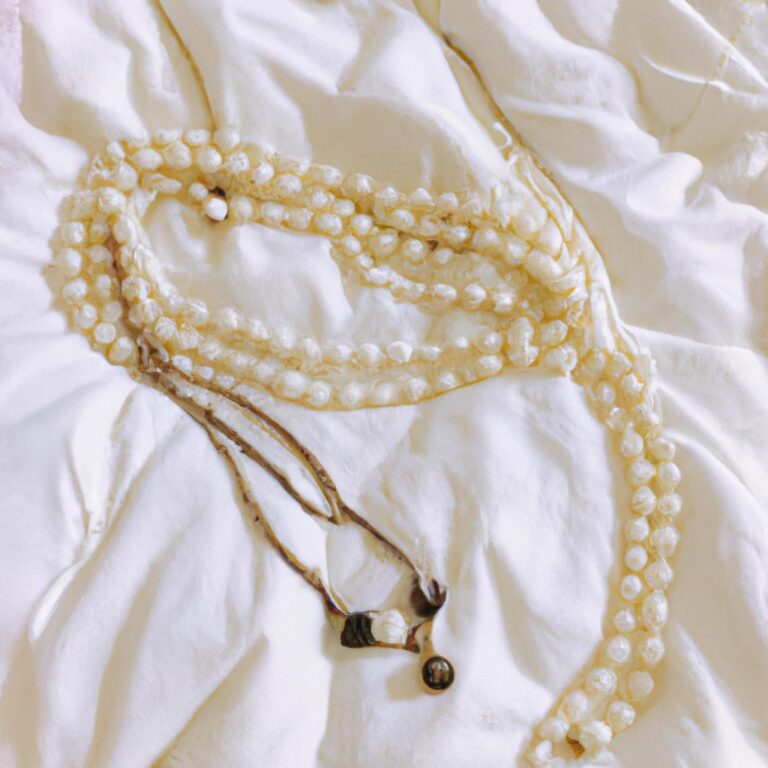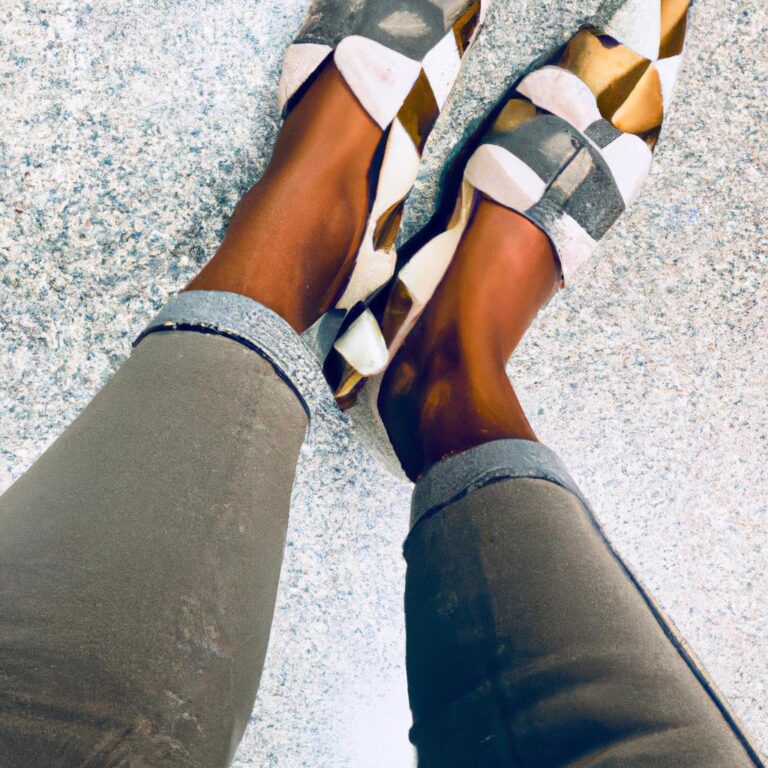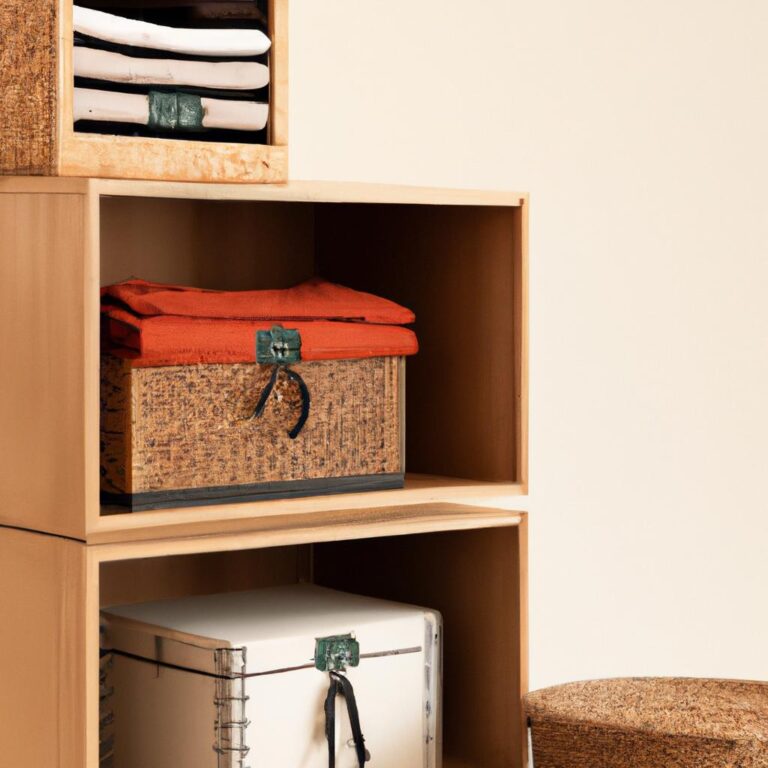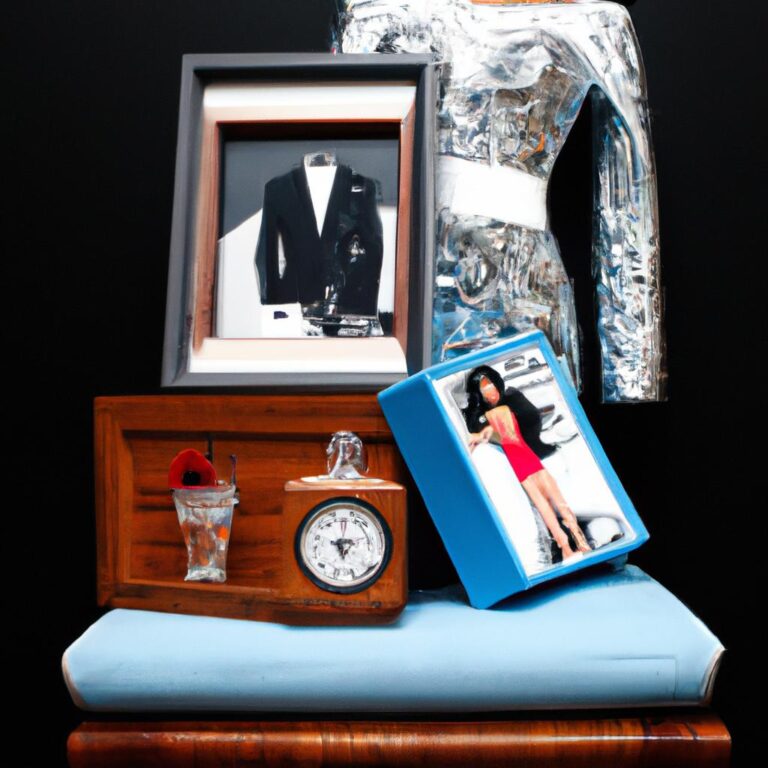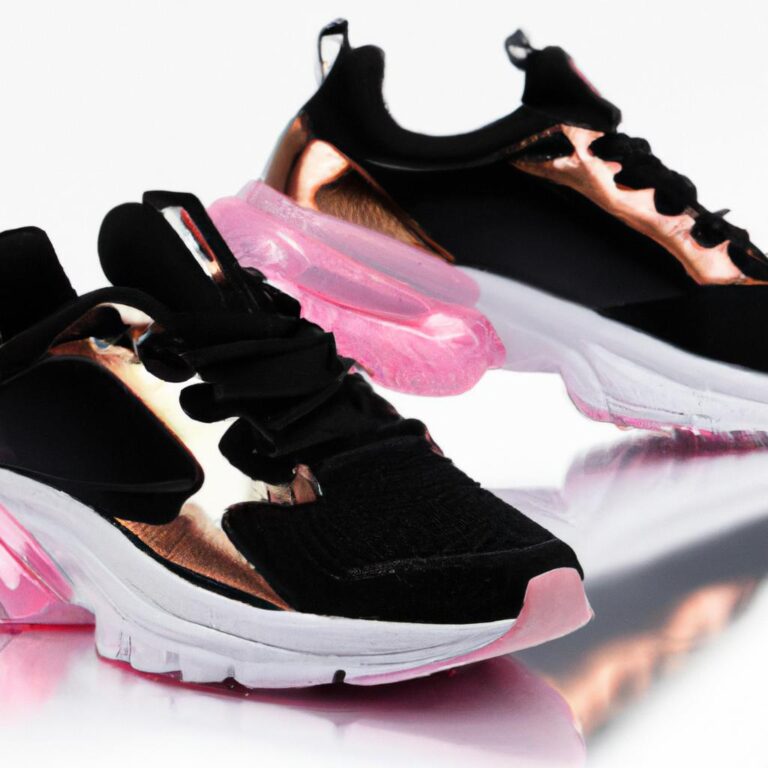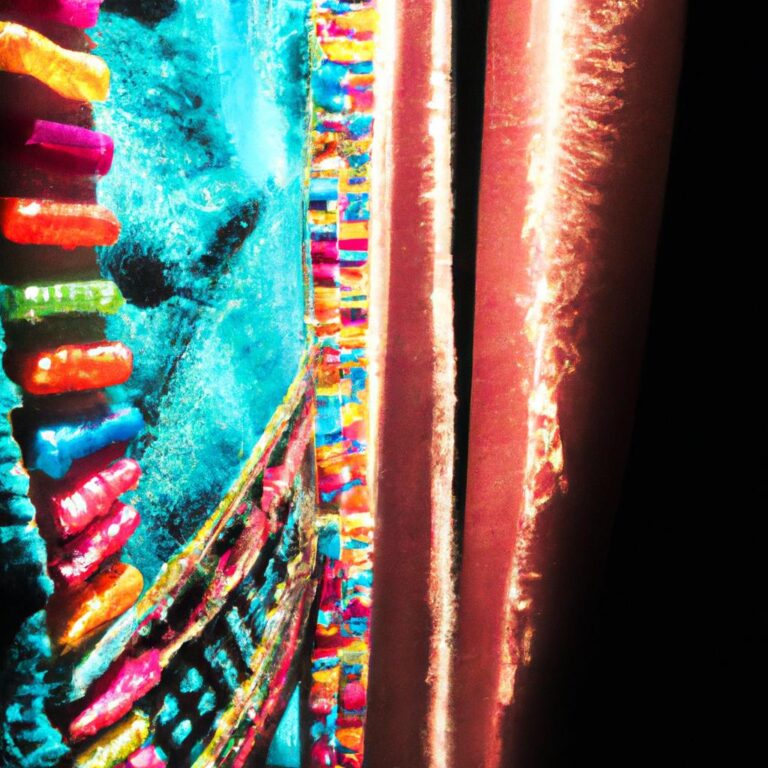
Introduction – Setting the Stage
DIY fashion projects are all about taking an existing piece of clothing and transforming it into something new. Upcycling, customization, and repurposing are some of the most popular DIY projects and can help you create unique items that stand out from mass-produced garments. Whether you’re making a new dress from an old t-shirt or creating stylish accessories from discarded denim, the possibilities are endless when it comes to upcycling, customizing, and repurposing.
This guide will cover the basics of upcycling, repurposing, and customizing clothing. We’ll discuss definitions, offer helpful tips and tricks, and showcase some of the best award-winning projects. Additionally, we’ll delve into the eco-conscious mindset of conservation as inspiration for your shopping habits.
By the end of this guide, you’ll have a better understanding of upcycling, customization, and repurposing, and you’ll be ready to start creating your own DIY fashion projects!
What is Upcycling?
Upcycling is the process of transforming something that is no longer in use or out of fashion into something new and useful. It is a creative way to repurpose discarded objects into something with more value than what it originally had. This could include clothing, furniture, jewelry, accessories and other household items. Upcycling is an environmentally friendly way to reuse old materials without having to purchase more.
Upcycling turns regular items into something truly unique. It is a great way to express yourself and make a statement with your wardrobe. You can upcycle old clothes into something you’ve never seen before and customize them to fit your individual style. It’s also a great way to save money – spending a few extra dollars to upcycle old clothes into something new can save a lot of time and money versus buying something entirely new.
Repurposing – Definitions & Examples
Repurposing is all about finding a new use for old items. Instead of throwing something away, you can take what you already have and give it a new purpose. In terms of fashion, this means taking an old piece of clothing and turning it into something new and unique. Here are some examples:
- Taking an old t-shirt and making a tote bag or pillows.
- Finding a vintage dress at a thrift store and adding embellishments to make it more modern.
- Removing the sleeves from a jean jacket and turning it into a vest.
- Embroidering a pattern onto a plain white shirt.
- Turning an old pair of jeans into a skirt.
DIY Upcycling Projects
Upcycling is a creative and eco-friendly way to give old clothes, accessories, and furniture new life. Not only does upcycling save resources and reduce waste, but the resulting projects can be unique and fashionable. It’s also an easy form of DIY fashion that anyone can do! Here are the basic tools and materials you will need to get started with your own upcycling projects.
- Materials—This can be anything from old clothes, furniture, and fabric scraps, to buttons, fabric markers, and paint.
- Sewing machine—For more advanced upcycling projects.
- Scissors—For cutting fabric and trimming thread.
- Pins—For holding fabric in place while sewing.
- Fabric glue—For fixing patches and trimmings.
- Needles and thread—A must for any DIY fashion project.
- Measuring tape—To measure and fit fabric correctly.
- Iron—For pressing seams and finishing edges.
With these essential tools and materials, you’ll be ready to start upcycling! For more specific tips and advice for each project type, please refer to the following sections of this guide.
Sewing Tips & Techniques for Creating New Garments
Sewing is a fun and creative way to make new clothing pieces from upcycled items. Whether you are just starting out, or a pro, there are plenty of tips and tricks out there to help you get started.
One great place to start is with basic stitches. Knowing how to use a basic running stitch, a blanket stitch, and a hemming stitch will go a long way in creating new garments from existing ones. Understanding the differences between these stitches and how to properly use them can make all the difference when it comes to creating quality garments.
Once you have a handle on the basics, you can start experimenting with different fabrics. Different materials require different sewing techniques. Working with cotton requires more precision than working with synthetic materials, for example. Understanding the properties of each fabric and using the right technique can help you create professional-looking pieces.
For more intricate projects, such as adding embellishments or using complex patterns, you may want to consider investing in an industrial-grade sewing machine that will make more precise stitches. This type of machine will be more expensive, but the extra investment will be worth it.
Overall, getting creative with old garments is a great way to express yourself through fashion. Have fun with it!
Customizing Clothing with Embellishments
Customizing your clothing with embellishments is a great way to make it unique and personal. Such techniques can turn any garment into something that looks like it was made specifically for you! Depending on the type of embellishment, there are a few different ways to go about adding them to your clothing. Here are some tips to get you started:
- Stitching – Embroidery floss, yarn, or thin strips of fabric can be used to create beautiful designs on fabric. There are many stitch patterns available online or in books to create various styles and effects.
- Appliques – Pieces of fabric sewn onto clothing are a great way to add color and texture. You can also use vinyl, felt, or other materials to customize your look.
- Sequins and Beads – Sequins, beads and other small decorations are easy to add and can add a glamorous touch to your clothes. You can sew them on by hand or machine, depending on the desired look.
- Patches – Patches are a fun way to give a garment a unique look. Iron-on patches are great for quick results and no-sew patches are perfect for those who don’t have access to a sewing machine.
By using these embellishment techniques, you can easily customise your garments and give them a vibrant, unique look. The possibilities are endless, so get creative and have fun with it!
Adding Colorful Prints & Patterns to Existing Clothes
If you’re looking for a way to add extra life to old clothes, consider adding colorful prints and patterns! It’s surprisingly easy to transform your wardrobe with some fun patterns. This guide will provide you with tips on how to transfer designs onto fabric, creating unique and beautiful pieces.
The simplest way to add a print or pattern to an existing garment is by using adhesive iron-on sheets. Iron-on sheets come in different colors and textures, enabling you to create almost any kind of pattern imaginable. First, make sure you have an iron and ironing surface. Then, measure, cut out, and position the iron-on sheet onto the fabric. When you’re ready, heat up the iron and press down firmly on the sheet for at least thirty seconds. Let the fabric cool off before wearing it.
You can also use fabric paint or markers to draw patterns onto clothing. Start by pre-washing and drying the fabric so that the paint adheres properly to the fabric. Then, use stencils and masking tape to create the pattern of your choice. Follow the directions on the package of the paints or markers to create the design. Finally, let the fabric dry overnight and heat set it with an iron before wearing.
Another option is to use fabric transfers. Fabric transfers are available in most craft stores and usually require an inkjet printer to use. You’ll start by printing the desired image on the transfer paper according to the instructions, then cut the image out and position it onto fabric. Use an iron to heat the transfer sheet and press firmly until the image is transferred onto the fabric. Lastly, let the fabric cool off before wear.
No matter which method you choose, adding prints and patterns to your clothing can be a great way to freshen up your wardrobe. With a little bit of creativity, you can create unique, personalized items that will last for years.
Repurposing Old Clothes into Home Decor
Repurposing old clothes into home decor can be a great way to add a unique, personalized touch to your living space. From pillow covers made of vintage fabric to dreamcatchers made from old denim jeans, the possibilities are endless. Here are some ideas to get you started:
- Vintage Fabric Pillows – Recreate an old quilt or fabric pattern into a pillow cover for your couch.
- Denim Dreamcatchers – Use old jeans and other fabric scraps to create beautiful dreamcatchers for your walls.
- Upholstery – Redo old chairs and couches with your own design using scraps of fabric.
- Curtains & Window Treatments – Create bold window treatments from old scarves, saris, and other fabric pieces.
- Wall Hangings – Paint an old t-shirt with a unique design or sew one together from other fabric pieces.
The possibilities for creating unique home decor from old clothes are only limited by your imagination. Repurposing old clothes not only adds a personal touch to your living space, it is also a great way to help conserve natural resources.
Repurposing Old Denim into Bags, Accessories & More
Repurposing old denim is a great way to turn your old jeans or jackets into new and stylish accessories. With the right tools and materials, you can transform your pre-owned denim into bags, shawls, hats and more.
The process of repurposing denim typically starts with cutting apart the fabric into smaller pieces, which can then be used to create the desired shape. Adding decorative elements such as patches, embroidery, heat transfer vinyl, and print can also add character and charm to your project. It’s easy to customize your repurposed jean projects to match your own unique style.
Here are some ideas for repurposing old denim and transforming it into something new:
- Turn an old jacket into a stylish purse or clutch
- Create a fashionable bandana scarf from old jeans
- Create a bag from cut off jean shorts
- Turn old pockets into coin purses and pouches
- Transform a jean skirt into a beach tote bag
Using old denim to create something new is a fun and easy way to bring life back to pre-owned clothing. Plus, it’s an eco-friendly way to update your wardrobe without breaking the bank!
Conservation as Inspiration – Shopping with an Eco-Conscious Mindset
Whether you’re a seasoned upcycler or someone looking to get started, being mindful of how your fashion choices impact the environment is essential. It’s possible to find new pieces without sacrificing sustainability or style! When shopping, think about the impact that choosing an eco-friendly option can have. Consider sourcing materials from vintage and thrift stores, or opt for sustainable, responsibly produced items.
Browsing for second-hand items and using them in creative ways can also help reduce waste. Quality textiles with good wear can often be found in recycled garments, allowing for much needed resources to be saved. Snapping up vintage items or repurposing them in a unique way could help to avoid contributing to the negative effects that mass production has on the environment.
Incorporating vintage fabrics, finding items made from organic materials or reusing items that would otherwise go to waste are all great ways to shop with an eco-conscious mindset. Whatever route you choose, remember that even small efforts can make a big difference when it comes to preserving the planet.
Showcasing Award-Winning DIY Projects
Are you looking for some creative inspiration? Look no further than the amazing award-winning DIY projects of the fashion world. There are countless talented people out there altering and upcycling clothing into unique works of art. From customizing old denim jeans to turning vintage finding into chic bags or accessories, the possibilities are endless when it comes to repurposing fashion.
Take a look at some of the award-winning projects from the past few years! Each project is creative and unique in its own way, showcasing the many ways that upcycling, repurposing, and customization can transform ordinary items into extraordinary pieces of fashion.
- 2020 Recycled Upcycling Fashion Award – Maria Ioannidou Design (Greece)
- 2019 Upcycling The Oceans Award – PBES (Spain)
- 2018 Upcycling For The Future Award – Olga Badia (Spain)
- 2017 Upcycling Change Makers Award – Janina Hasenberg (Germany)
By showcasing award-winning upcycling and repurposing projects, we can demonstrate the incredible potential of DIY fashion projects. Not only are these innovations helping to reduce environmental waste, but they also provide us with stylish and one-of-kind garments and accessories.
Repurposing & Upcycling: A Way to Reduce Your Carbon Footprint
Repurposing and upcycling clothing are great ways to reduce your carbon footprint. Not only does it keep old clothes out of landfills, but it gives them a second life which can be easier on the wallet. Repurposing and upcycling also promote creativity and provide a way to customize your wardrobe.
One benefit of repurposing and upcycling is that it helps you to reduce your Environmental Impact. By reusing materials and creating something new, you can help to lessen your dependence on resources or products that require a lot of energy, water and other resources to produce. As further incentive, many fashion houses are offering special discounts to those who bring in vintage or secondhand pieces for alteration or repurposing.
Another positive aspect of upcycling and repurposing is that it encourages creativity. By taking an existing item of clothing and altering it or by crafting a new piece from disparate parts, you can express yourself in an individualistic and unique way. It is also a great way to give old clothing new life and bring a new twist to pieces you already own, so you will no longer be stuck looking for something new to wear.
Finally, repurposing and upcycling allow you to customize your wardrobe. You can add intricate details or create a totally unique piece. With fabric manipulation and print techniques, you can bring a designer look to your wardrobe without breaking the bank. This can be especially helpful to those who love the runway trends but don’t have the funds to buy expensive designer garments.
Overall, upcycling and repurposing are great ways to reduce your carbon footprint, express yourself creatively, and customize your wardrobe. With the right tools and supplies, this sustainable fashion movement can save you money, provide you with inexpensive alternatives to fashion trends, and allow you to show off your innovative style.
comments: 0
